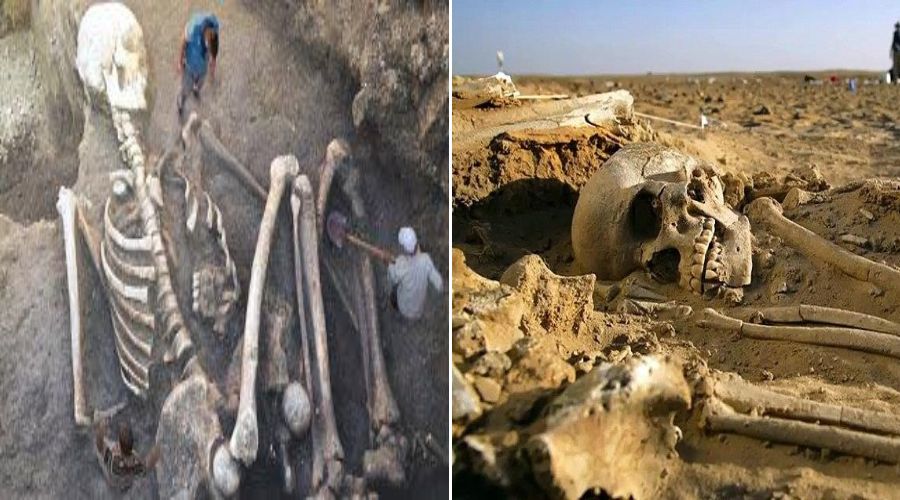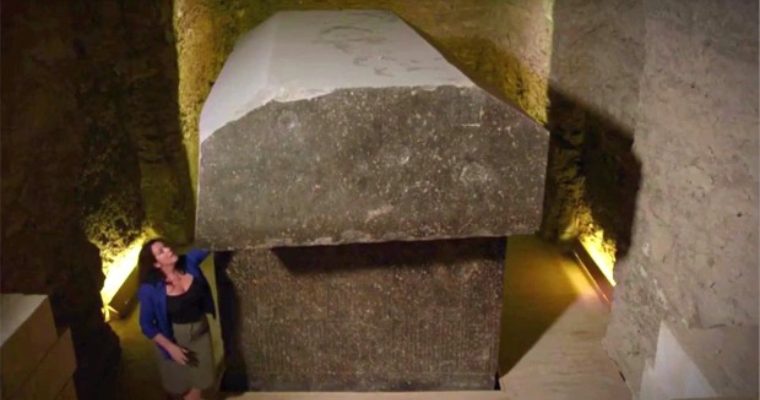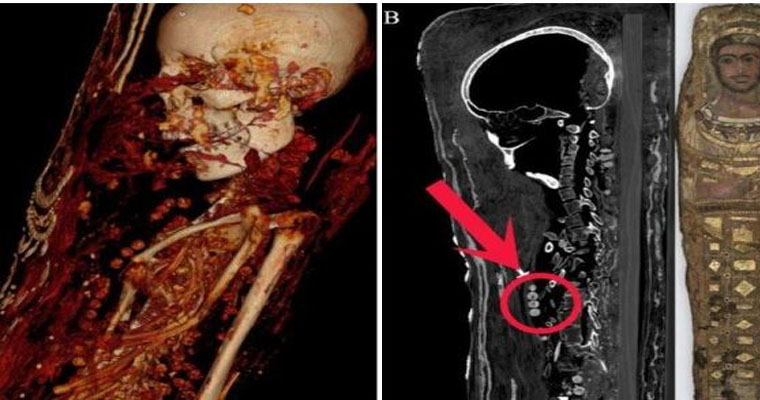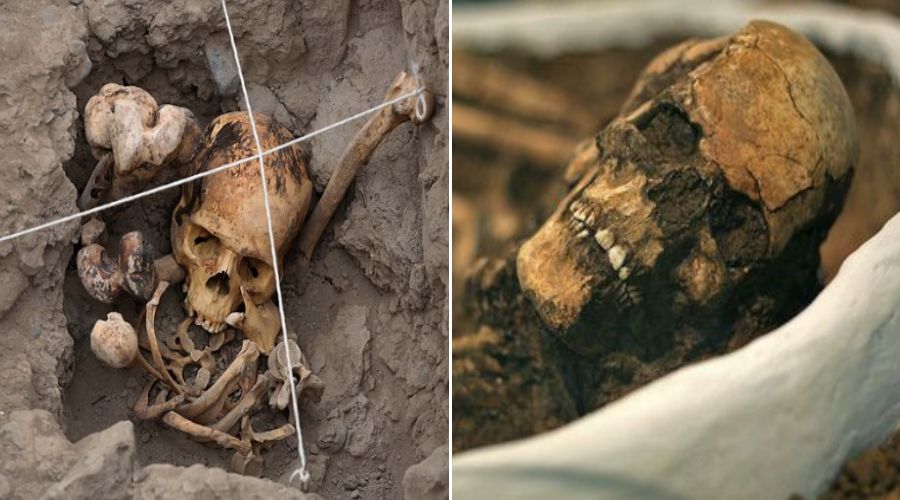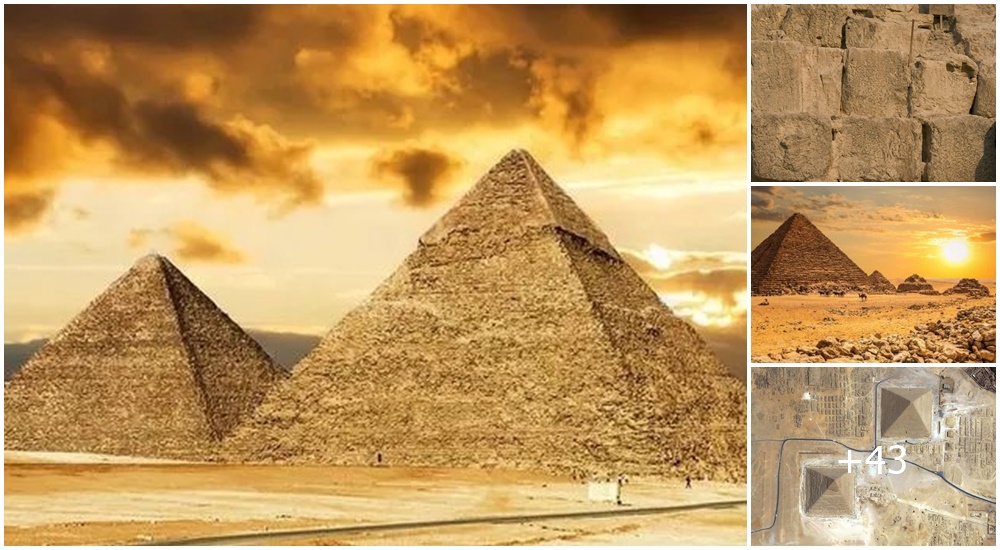El Hueyi Tzompantli es un estante de calaveras ubicado cerca de las ruinas del Templo Mayo, en la capital azteca de Tenochtitlan (actual Ciudad de México, México).
El Hueyi Tzompantli se utilizó para la exhibición pública de cráneos humanos, generalmente de cautivos de guerra u otras víctimas de sacrificio, y se construyó en tres etapas durante la época del gobierno de Tlatoani Ahuízotl, entre 1486 y 1502 d.C.
Ahuitzotl, que significa “Agua Espinosa”, fue el octavo gobernante azteca, el Huey Tlatoani de la ciudad de Tenochtitlan. Durante su reinado, Ahuitzotl supervisó una importante reconstrucción de Tenochtitlan y la expansión del Templo Mayor en el año 8 Caña (1487 d. C.). Ahuitzotl también conquistó a los mixtecos, zapotecas y otros pueblos desde la costa del Pacífico de México hasta la parte occidental de Guatemala, más del doble del tamaño de las tierras bajo el dominio azteca.
En un nuevo estudio del arqueólogo Raúl Barrera Rodríguez se sugiere que el alto porcentaje de restos femeninos en el Hueyi Tzompantli están asociados al mito del enfrentamiento entre Coyolxauhqui, la diosa lunar, y Huitzilopochtli, el patrón de los aztecas que fue la deidad solar y de guerra.
 Estante de calaveras dibujado por el jesuita mexicano del siglo XVI Juan de Tovar – Biblioteca John Carter Brown: Dominio público
Estante de calaveras dibujado por el jesuita mexicano del siglo XVI Juan de Tovar – Biblioteca John Carter Brown: Dominio público
The study shows that the Hueyi Tzompantli consists of 655 human skulls, of which 60% belong to male individuals, 38% female and 2% infants. In historical sources, there are few mentions of female warriors chosen for sacrifice; however, the high percentage may have been pregnant women who had a stillbirth or were in fact female warriors.

Sacrificial victims were laid across a sacrificial stone at the top of the Templo Mayor, a large, stepped pyramid, where officiating priests used a ceremonial obsidian knife to carve out the still beating heart from the chest.
The heart was considered the ultimate symbol of a person’s life and was presented to Huitzilopochtli. It was then burnt, enabling the victim’s life force to rise via the smoke to Huitzilopochtli, who would take on new strength and go on giving light and heat the next day in a battle against the darkness.

Rodríguez believes that the architectural axis dedicated to Huitzilopochtli on the south side of the Templo Mayor, leading towards the Hueyi Tzompantli, used female sacrifices to recreate the path followed by Coyolxauhqui, who is said to have crossed Tzompantitlan and Coaxalpan on her way to Mount Coatepec (“Serpent Mountain”).
Coyolxauhqui encabezó un ataque contra su madre, Coatlicue, la deidad materna de la Tierra, tras enterarse de que quedó milagrosamente embarazada. Coatlicue dio a luz a un Huitzilopochtli completamente desarrollado y armado, quien salió de su vientre y mató a Coyolxauhqui, arrojando su cuerpo por el costado de Coatepec, que se recrea arrojando ritualmente los cuerpos de las víctimas del sacrificio por los escalones del Templo Mayor.
